Mining
Hullera Española was created in 1892 by Claudio López Bru, second Marquis of Comillas, to exploit the coal mines acquired by his father Antonio López on the Aller river. It developed an intense territorial organisation in which the mining works were located in the upper middle part of the valley, the company residence area in the middle section and the administrative management and coal shipping department in the lower part, at the confluence with the Caudal river.
It was not until the 1940s that Hullera began to change from mountain mining to vertical mine shafts, encouraged by the favourable autarchic context of the military dictatorship, always close to the mining business. This allowed it to continue its practice of compensating for the lack of capital reinvestment with the work of a working class that was defeated and fearful of Franco's rigid triad: Company, State and Church. The second Marquis imposed strict moral rules in what served as a fief. He translated his own exacerbated pious character following the purest style of the Spanish bourgeoisie. There, the clerical control was absolute, and led Hullera to be named "El Coto de Dios" (God's preserve).
The San Antonio Mine, bearing the name of the first Marquis, was sunk in 1942 with much work and a small concrete mixer. It was visited in 1946 by Juan Antonio Suanzes, the Minister of Industry, who went down into it. Its first headframe was provided by Duro Felguera, together with a French company, using the modern metal welding technique that the company from Langreo had been developing since the beginning of the decade. It was already different from the one at San Jorge Mine, also owned by Hullera, which was built with a riveted latticework.
In 1967, Hullera Española became part of HUNOSA, which reformed San Antonio with an extension to the headframe to support the only Koepe quadruple pulley extraction machine that the public company had ever installed, which required a new machinery building. In 1994, the mine shaft ceased its extraction activities, concentrating the output of coal through the Santiago-San Jorge unit. It was definitively shut down in 2003.

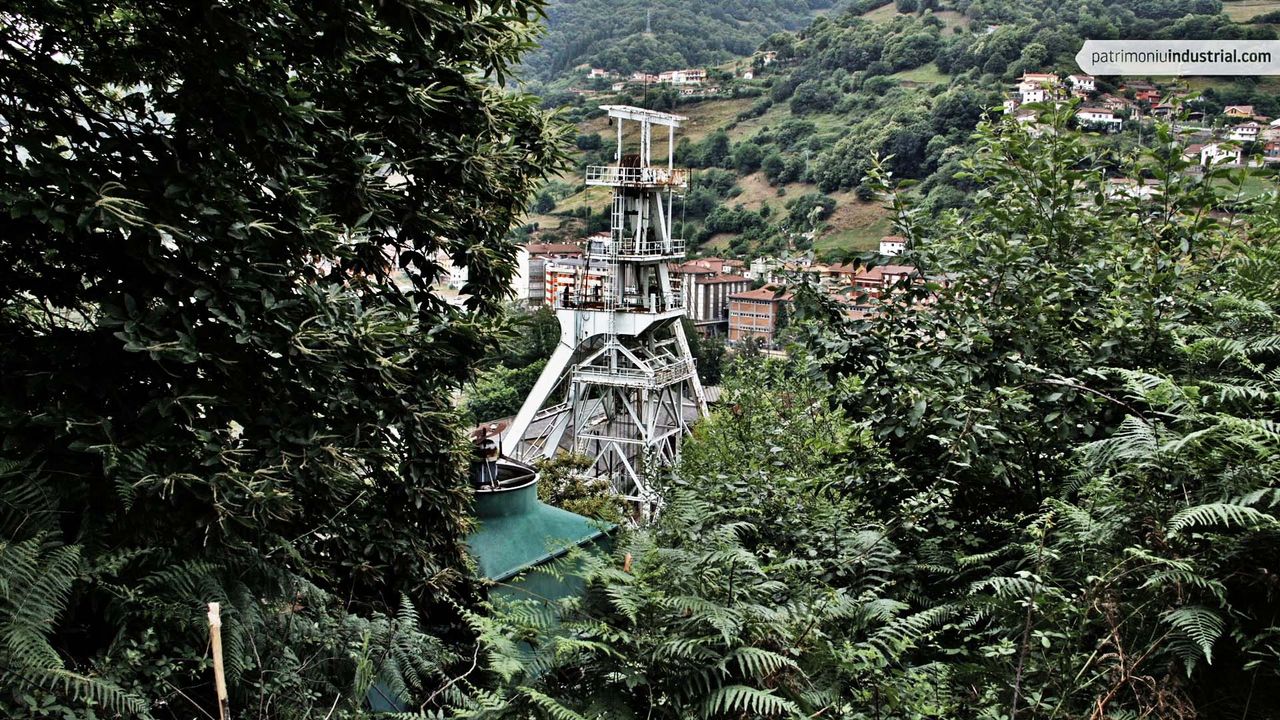
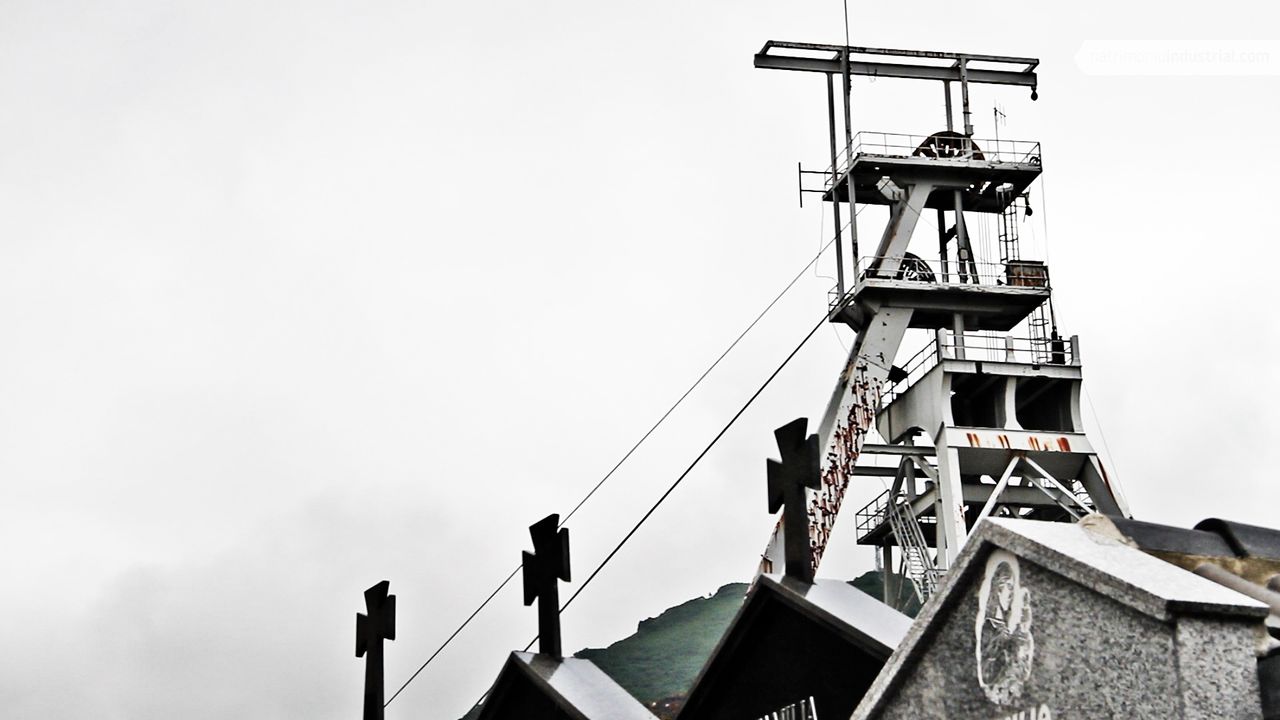
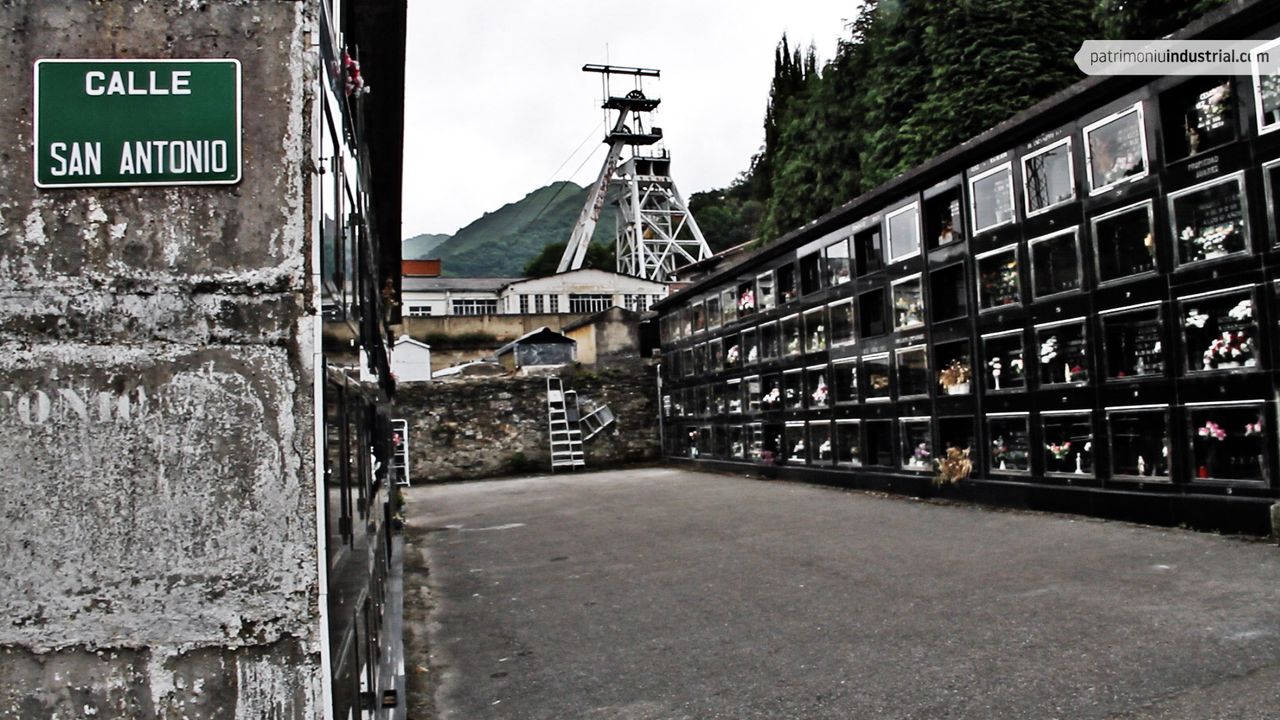
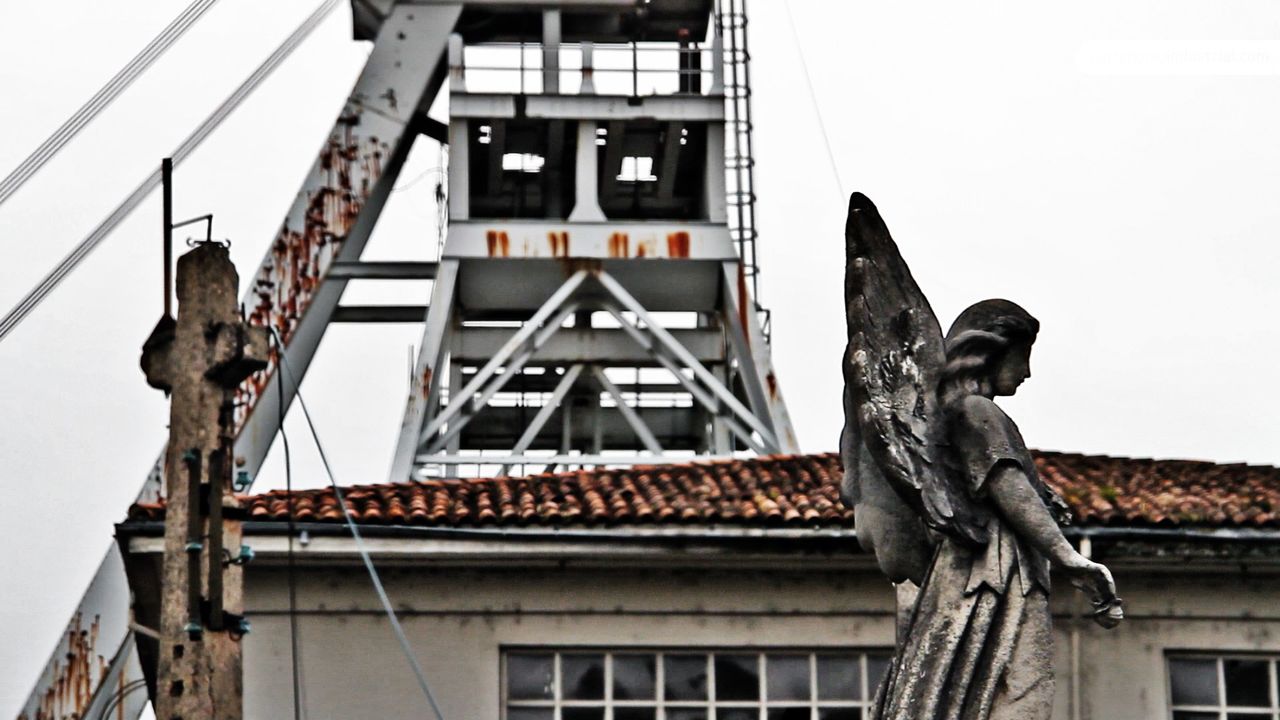
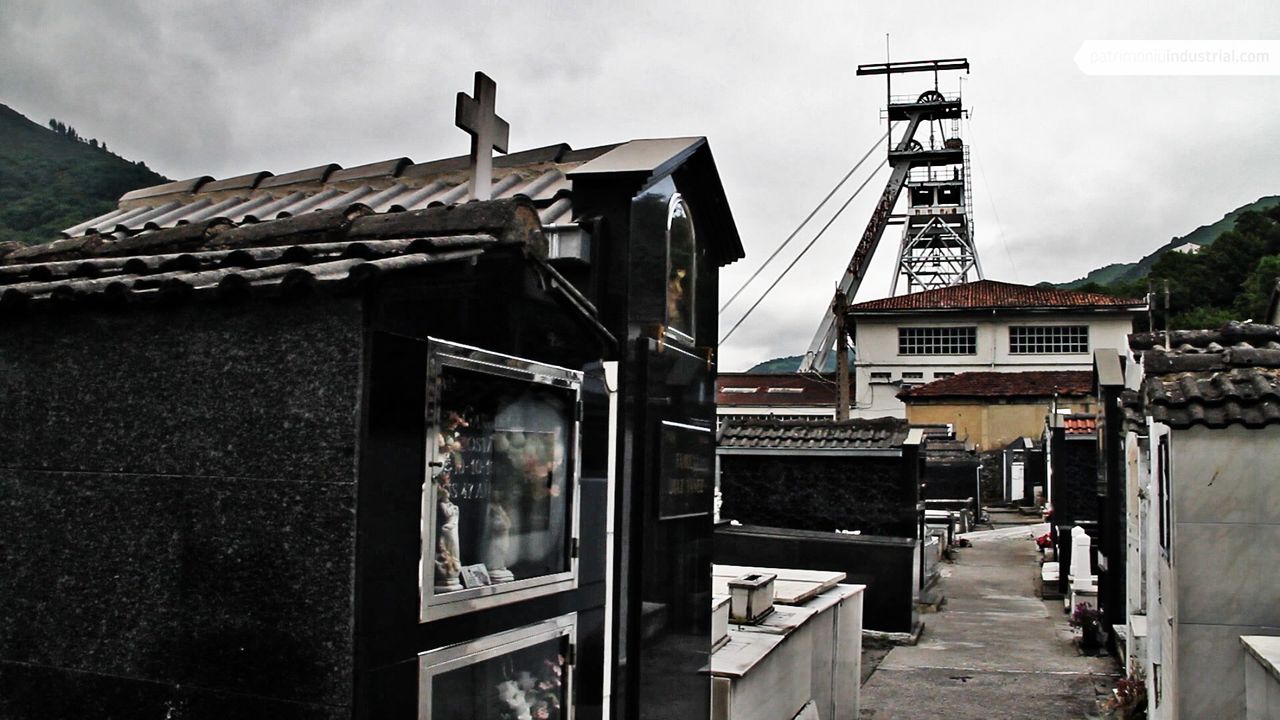
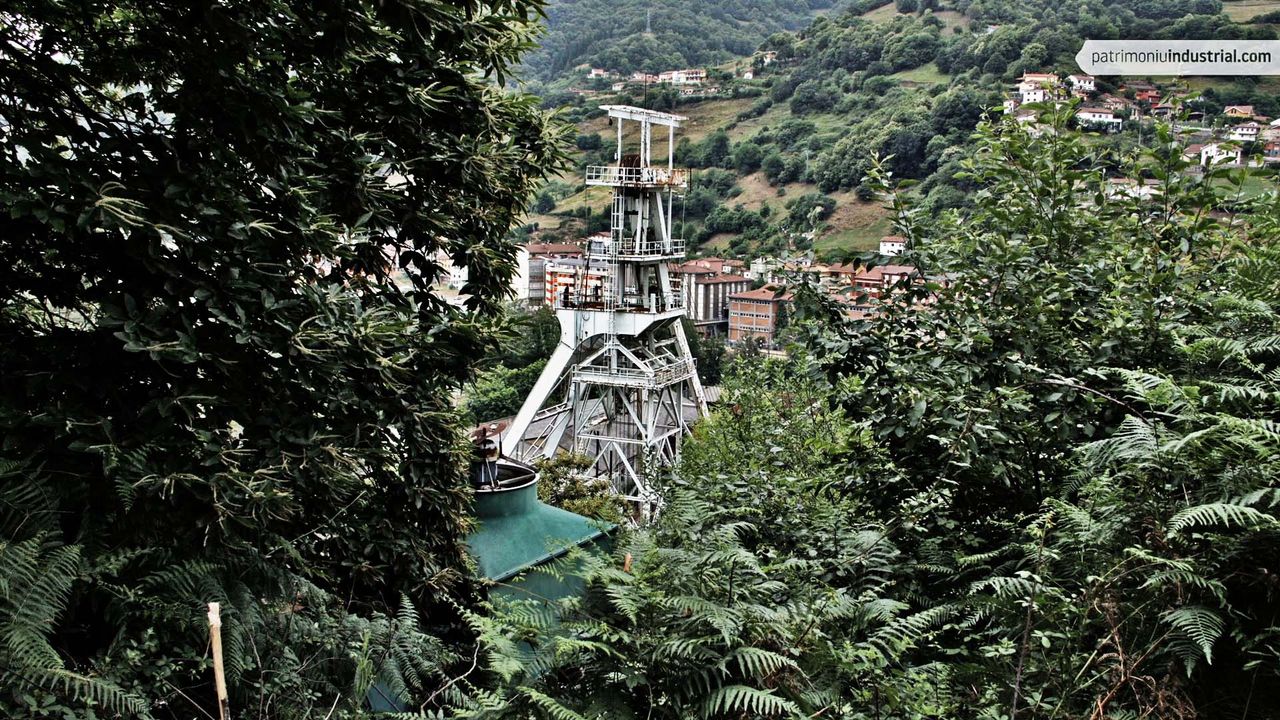
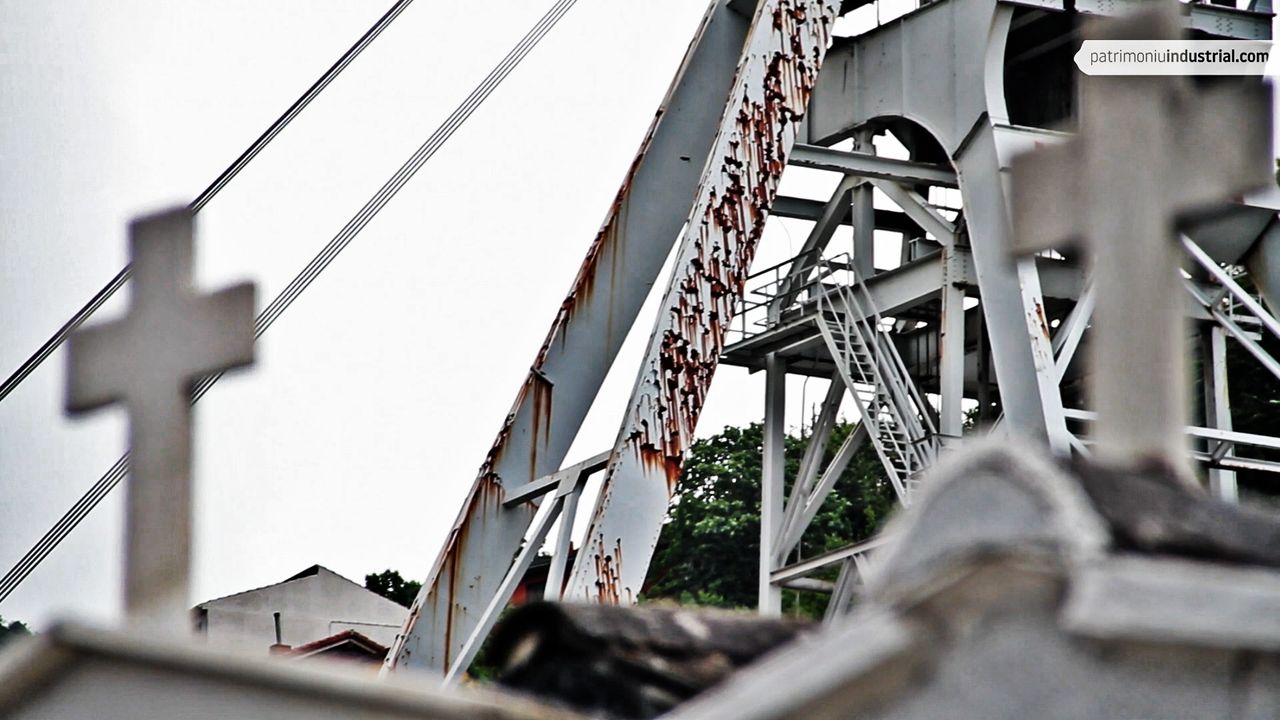
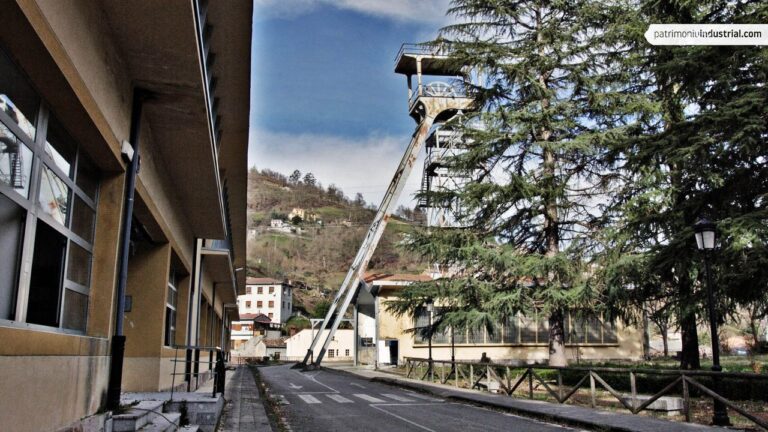
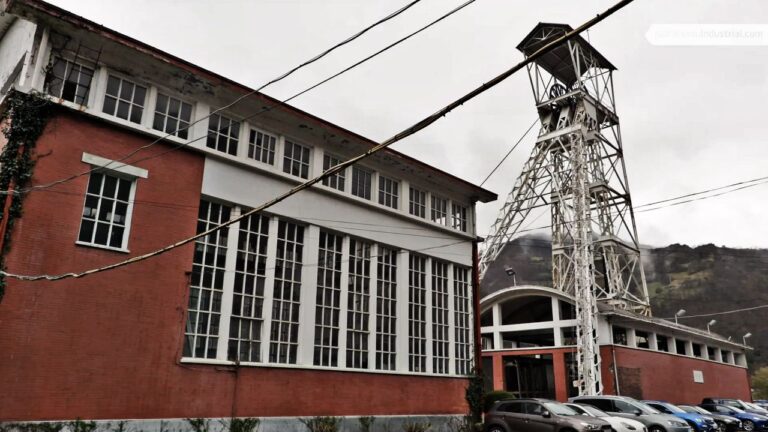
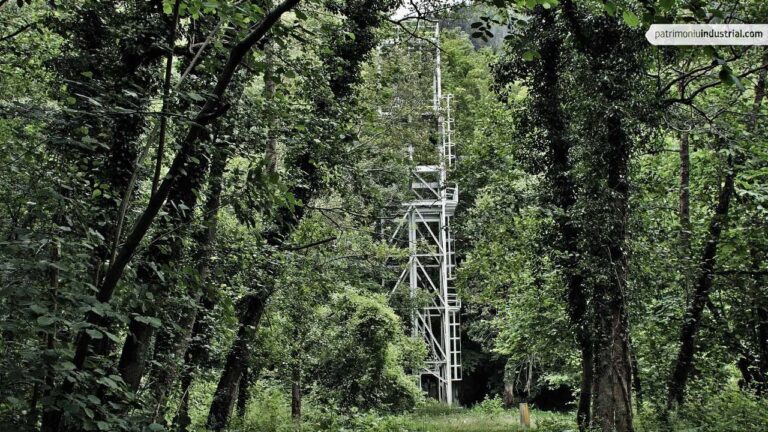

Recent Comments